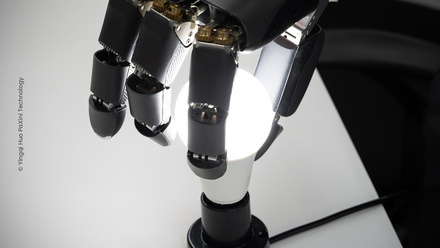Putting AR in the frame
Augmented reality (AR) is being used to improve products and processes by blending the world around us with computer generated images. The technology often uses special smart glasses that superimpose digital objects on the user’s surroundings. But for AR systems to be adopted and embraced, the hardware must be comfortable for people to wear.
A new study has examined the effect of AR glasses on the user and some potential problem areas, such as the weight of the frames, the load on the nose and tightness on the user’s temples. Researchers asked a range of participants to watch a 60-minute video wearing the smart glasses. They used four different frame weights and monitored nose and ear discomfort at different time intervals.
In general, the level of discomfort that was reported increased as the physical load on the participants’ noses increased. Women, older users and people whose BMI was in the middle of the range experienced more discomfort, and people who didn’t usually wear spectacles were more able to endure the heavier frames.
The paper, published in the Ergonomics journal, said: “Overall, this study contributes to the
design of AR glasses by incorporating adjustability for head breadth and suggests recommendations for the weight profiles of AR glasses. The design process and findings from this study are expected to address potential human factor issues of glasses-type wearables and help improve their usability and the user experience.”






